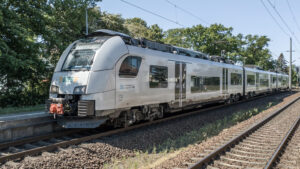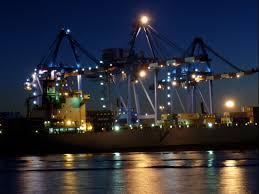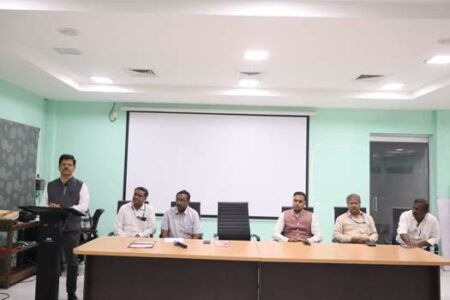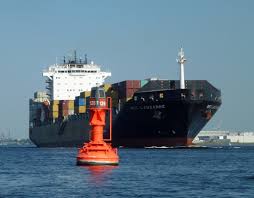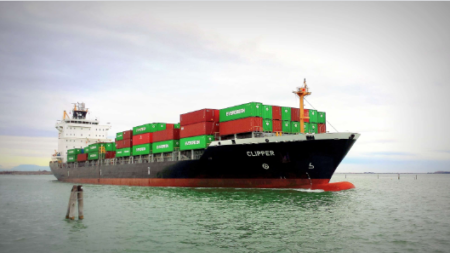Ship movement rises on River Ganga with 4,229 vessels; 53 jetties boost local livelihoods along NW-1.

Inland water transport on the River Ganga is gaining steady momentum, with 4,229 vessels navigating National Waterway-1 (NW-1) during the financial year 2024–25. The update was shared by Union Minister Sarbananda Sonowal in a written reply to the Lok Sabha, signalling robust utilisation of one of India’s most ambitious waterway corridors.
Stretching from Haldia in West Bengal to Varanasi in Uttar Pradesh, NW-1, also known as the Ganga-Bhagirathi-Hooghly river system, is central to the government’s vision of sustainable, cost-effective inland transport.
Backed by the World Bank, the Jal Marg Vikas Project (JMVP) is the driving force behind this transformation. Aimed at capacity augmentation, JMVP has already developed fairways, navigational aids, terminals, and community jetties across the states of Uttar Pradesh, Bihar, Jharkhand, and West Bengal.
A total of 53 community jetties are now operational, benefitting thousands of farmers, boatmen, artisans, horticulturists, and traders. These facilities have made logistics more accessible and affordable, directly improving local incomes and job creation. JMVP is projected to generate over 1.3 lakh direct and indirect jobs.
Operating costs on the Ganga waterway remain highly competitive. According to a World Bank study, the average cost of inland transport is just ₹1.2 per tonne-kilometre, depending on factors like vessel size, cargo load, engine power, and river current.
“The Ganga is no longer just a sacred river; it is becoming a thriving economic artery,” said Sonowal. “These navigation and infrastructure efforts are revitalising the entire region, supporting inclusive growth and empowering communities along its banks.”
As inland waterways continue to pick up pace, India’s riverine logistics strategy is fast turning into a model of green, grassroots-led development.
Source: PIB

